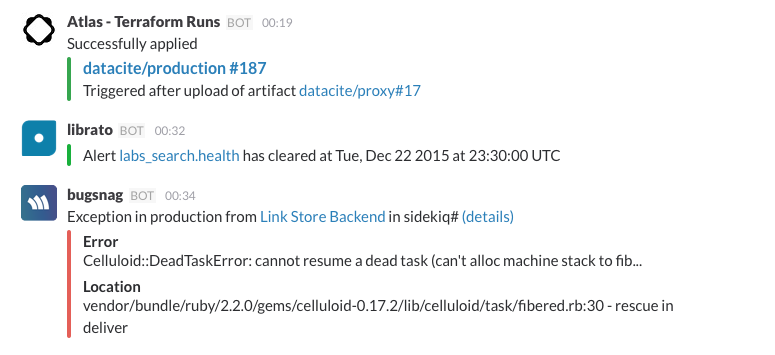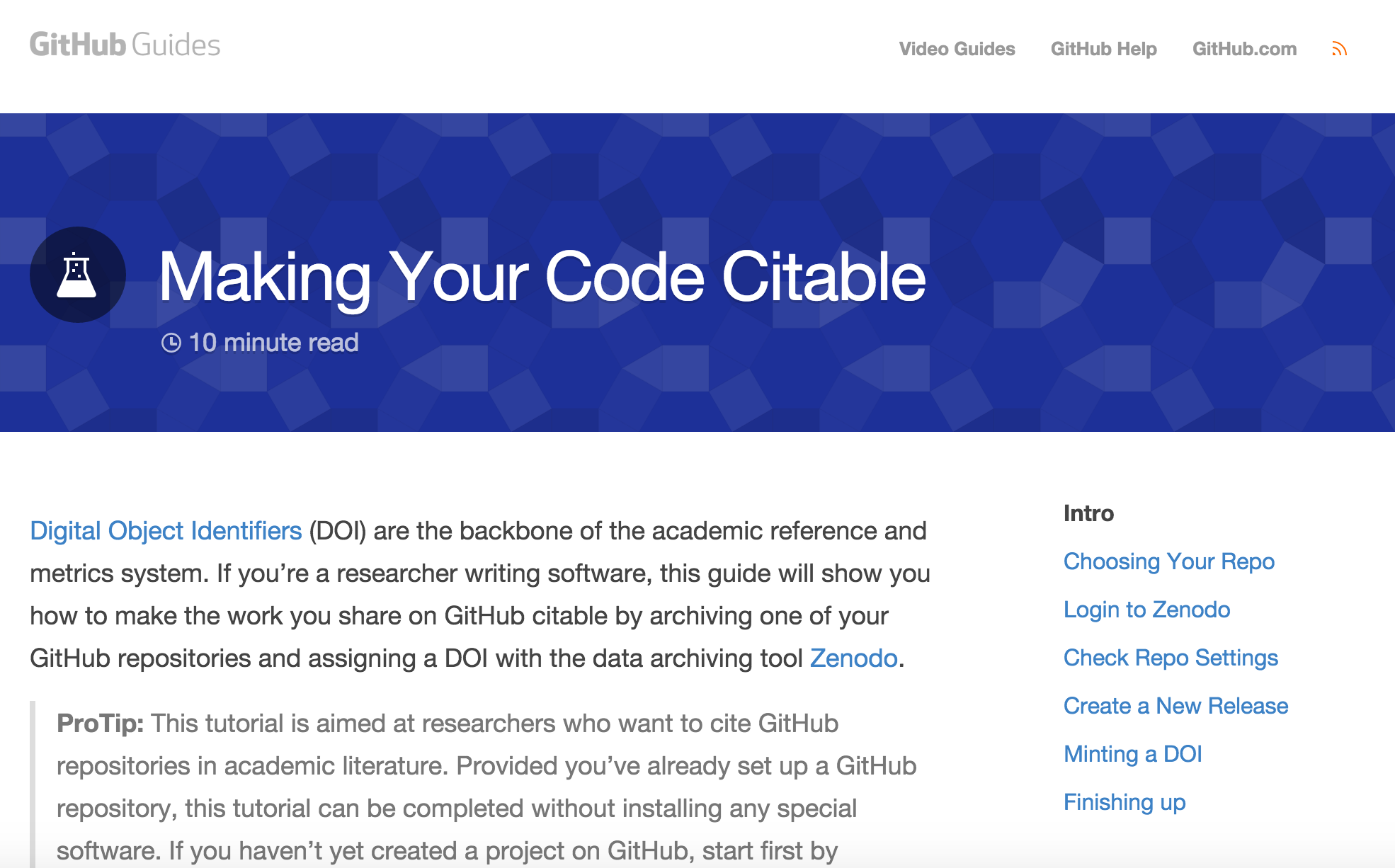
When I started as DataCite Technical Director four months ago, my first post (Fenner, 2015) on this blog was about what I called Data-Driven Development. The post included a lot of ideas on how to approach development and technical infrastructure. In this post I want to take a second look.









